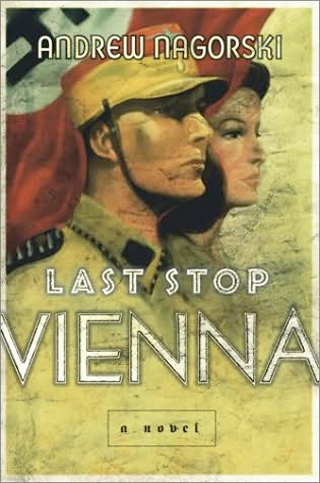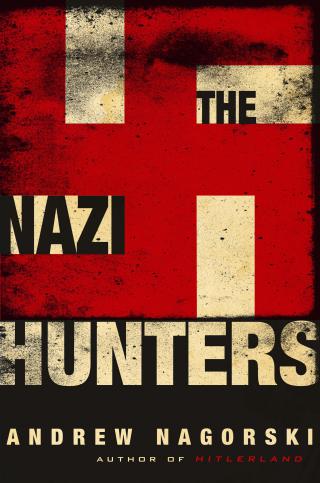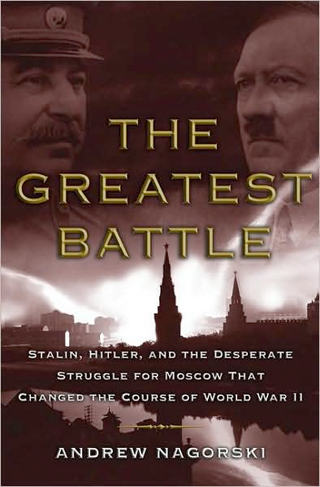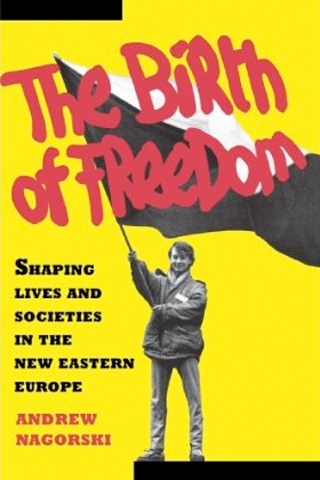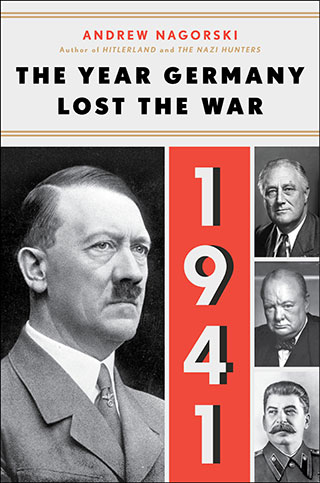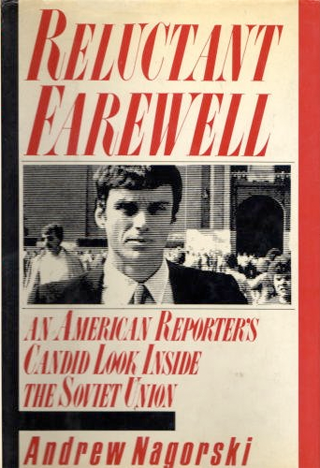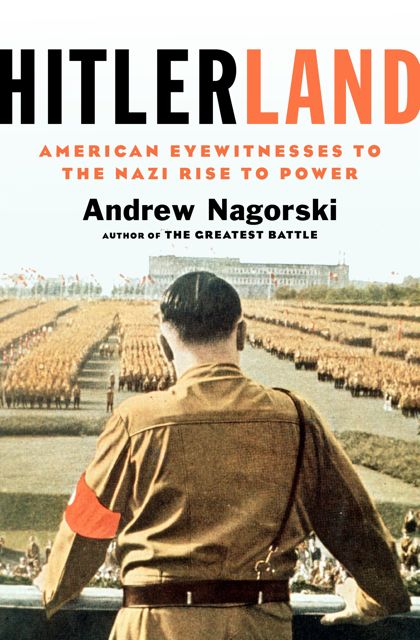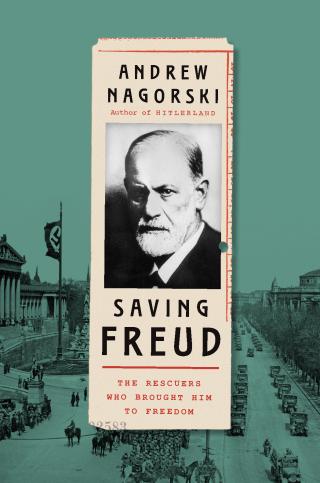By Andrew Nagorski
Most Russians need no convincing that the Red Army’s grueling victory at Stalingrad was the most important event of World War II. Many Western historians concur that it was the turning point of the war on the Eastern Front, which means its significance can hardly be overstated. “The Battle of Stalingrad in my opinion is quite simply the most staggering feat of human endurance, sacrifice, and arms in the history of warfare,” writes British historian Iain MacGregor.
But in his carefully researched new book “The Lighthouse of Stalingrad: The Hidden Truth at the Heart of the Greatest Battle of World War II,” Mr. MacGregor points out that “the mythologizing of the struggle for Stalin’s city can sometimes distort the true history, which in itself is unambiguously heroic.” Particularly at a time when Vladimir Putin is invoking the cult of the Great Patriotic War, as World War II is called in Russia, to justify his disastrous invasion of Ukraine, Mr. MacGregor argues that it is vital to separate fact from propagandistic fiction.
The ferocious fighting for control of the city on the Volga, now known as Volgograd, lasted from early September 1942 to Feb. 2, 1943. Troop losses on both sides numbered in the hundreds of thousands; official statistics tally 64,224 civilian deaths in the fighting, with most buildings reduced to rubble. But Stalingrad, Mr. MacGregor maintains, “broke the cycle of continual German victories, thus ensuring that it was now a case of when and not if the Allies would eventually defeat the Nazis.”
Arguably, the battle for Moscow, which was even larger in terms of the number of troops involved and the scale of the casualties, had broken that cycle earlier. (Full disclosure: I made that case in “The Greatest Battle: Stalin, Hitler, and the Desperate Struggle for Moscow That Changed the Course of World War II.”) Nonetheless, Mr. MacGregor is correct in pointing out why the German drive on Moscow—which fell just short of its goal, stalling out as advance units reached the city’s outskirts—was far from a decisive win for Stalin. In fact, it highlighted many of his initial mistakes, starting with his refusal to believe that Hitler was about to break the Nazi-Soviet Pact by invading the U.S.S.R., which allowed the Wehrmacht to score the early victories that sparked panic in the capital.
By contrast, Stalingrad was a more impressive triumph, making it “the ultimate touchstone for any Russian leader,” Mr. MacGregor writes. Yet what actually happened was never enough for Soviet propagandists: they felt compelled to spin an unabashedly heroic narrative that overlooks inconvenient truths. This valuable addition to the body of work about Stalingrad goes a long way toward righting the balance between myth and reality.
Mr. MacGregor vividly describes the frantic Soviet efforts to beat back Field Marshal Friedrich Paulus’s Sixth Army as it reached the city. House-to-house, factory-to-factory fighting became the order of the day, and Gen. VasilyChuikov, the commander of the 62nd Army, quickly adopted the tactic of “hugging the enemy,” positioning his troops as close as possible to the Germans, then striking with small mobile groups.
To illustrate his point about the mix of fact and fiction, Mr. MacGregor zeroes in on one of Stalingrad’s most legendary episodes: the Red Army’s push to take control of a strategic building codenamed “The Lighthouse.” In the official version, Sgt. Yakov Pavlov led a small band of men, representing a symbolic mix of Soviet nationalities, as they charged into the house and wiped out its German occupants. Subsequently, “Pavlov’s House,” as it became known, was hailed by the 62nd Army’s newspaper as “a symbol of the heroic struggle of all defenders of Stalingrad.”
Investigating these events, Mr. MacGregor combed the records and interviewed Pavlov’s son and Chuikov’s grandson. While he does not doubt Pavlov was a fierce combatant, he discovered contradictory evidence about who really tookcommand of the lighthouse—and whether the legend of the battle comes close to matching what really happened. He concludes that “the imagined storyline was deemed more important than the actual truth.”
The official Soviet histories also bypassed the terror tactics Stalin employed against his own troops to enforce his “Not a step back!” order. The NKVD, the KGB’s predecessor, set up “blocking detachments” behind the front lines to shoot any soldiers who tried to retreat. Hitler did not spare his men either. Once his forces were clearly defeated, Paulus pleaded for Hitler’s permission to surrender. The response: “The Army is to hold its position to the last man and to the last bullet.—Adolf Hitler.”
While Mr. MacGregor focuses on setting the record straight about the Red Army, he also emphatically dismisses a popular German myth that the Wehrmacht had nothing to do with the Holocaust. He notes that by the time of the battle for Stalingrad, more than two million Jews in occupied territories had already died, with the Sixth Army and other military units serving as “willing enablers” of mass executions.
For all their similarities, Stalin and Hitler proved to be very different wartime leaders. Confronted by mounting setbacks, Hitler always blamed his generals, not admitting his own misjudgments. Dismissing Gen. Franz Halder, the chief of the general staff, he declared: “We need National Socialist ardor now, rather than professional ability, to settle matters in the East.”
Stalin demanded ideological ardor as well, but Mr. MacGregor makes a compelling case that he had begun to learn from his mistakes. He accepted some of the recommendations of his top generals, and even junior officers were allowed “a modicum of initiative in the field to make their own decisions.” All of which contributed to the victories that turned the tide.
Stalingrad was the most spectacular.
Mr. Nagorski is the author, most recently, of “Saving Freud: The Rescuers Who Brought Him to Freedom.”


